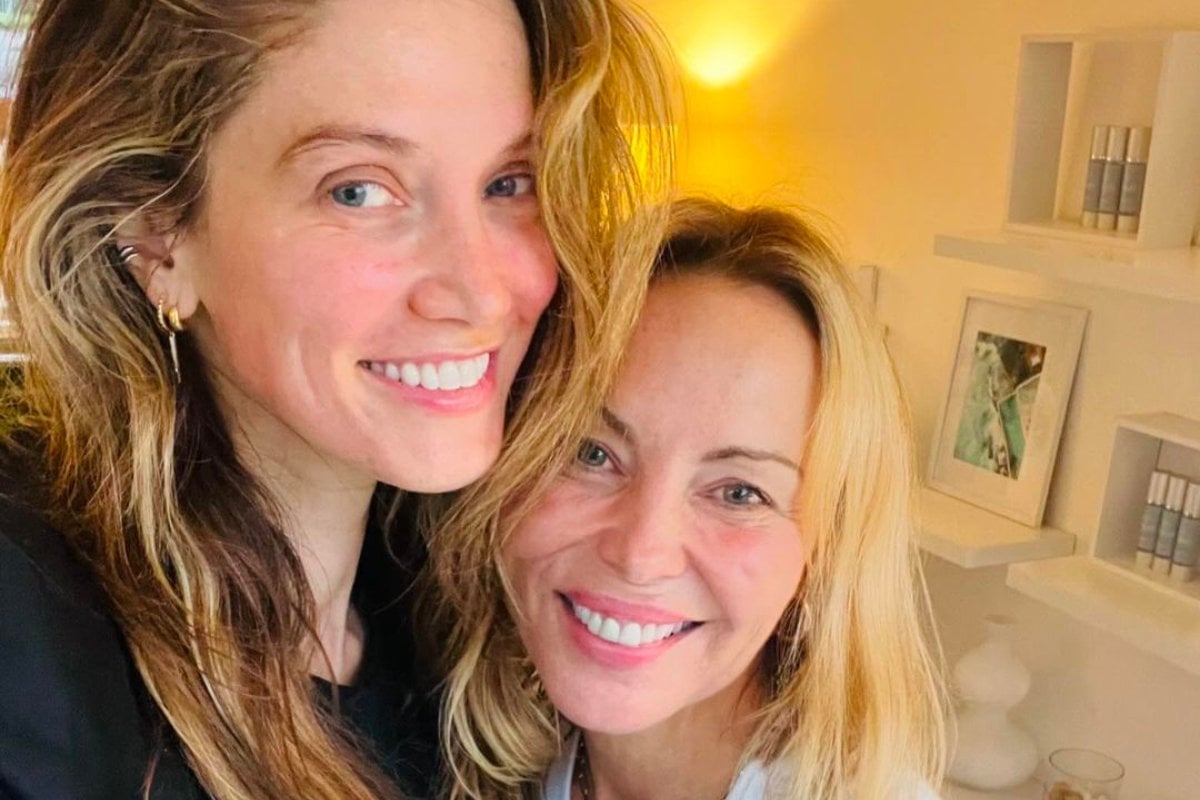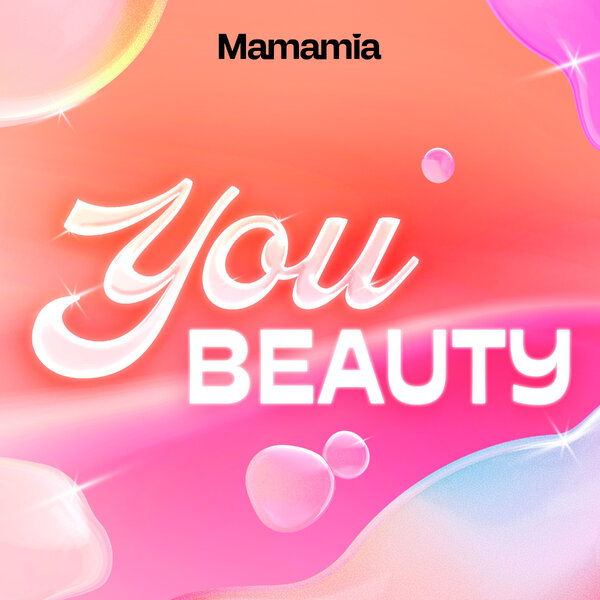
My favourite thing about hosting You Beauty's The Formula? Oh, so glad you asked! Well, it would have to be the glorious listeners, obviously! Silly question. But also, having the opportunity to interview so many amazing guests. Goodness, there's nothing quite like (politely) cornering an expert and asking them all the nosy details about what we should and shouldn't put on our faces.
And this week, I did just that.
I had the pleasure of interviewing the delightful celebrity facialist Ingrid Seaburn from Skin Health Studio Bondi.
If you're not familiar with Seaburn, she's the magical hands behind the complexions of some Australia's biggest celebrities. Delta Goodrem credits Seaburn for her "signature glow", while international supermodel Bambi Northwood-Blyth claims she was the one who "changed" her skin. NBD!
So, she knows a thing or two about skin. And yes, you're going to bet I picked her brain for all the juicy secrets to a luminous complexion.
Watch: Speaking of facials, ever wondered what a carbon facial looks like? Wonder no more! Post continues below.
And as someone who touches the faces of a lot of people, Seaburn's job means she comes into contact with a lot of new tools, techniques and devices on the regular, so she's very well versed when it comes to what actually works and what doesn't.
